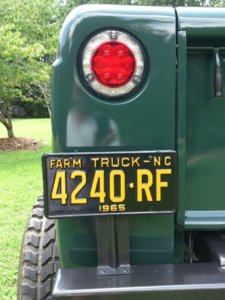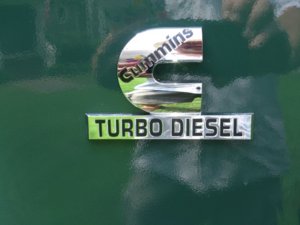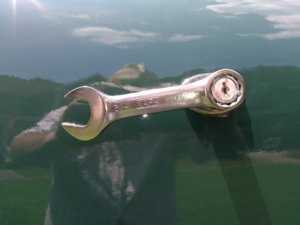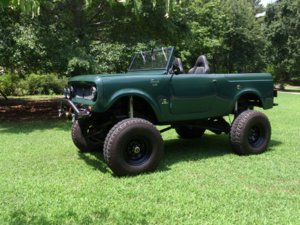Unfortunately, you are going to get vibration at speed from the u-joint at the pinion on the rear axle, and it will prematurely fail. How it works is that a single-cardan output actually varies in speed faster and slower in RPM instantaneously if running at any angle other than 0°. When two single cardan joints are run at opposite ends of a drive shaft they balance each other out and produce a smooth, constant velocity rotation to the axle (even though the drive shaft is varying in speed faster and slower). They are at angles opposite to each other so the variation in RPM on one end is cancelled out at the other. Same thing happens in the microcosm of a CV joint. The joint itself is actually not running at a constant rate, instead it is speeding up and slowing down on the fly as the cardan joints swivel through their rotation when off-angle.
Thus, if you are running a CV at the T-case and have a single cardan joint at the opposite end running straight (as your front axle is) then all is well. The CV outputs a constant RPM, and since the single cardan at the other end is straight it runs at a constant RPM as well. In the case of your current rear setup, the CV at the T-case is turning the drive shaft at a constant RPM but when you hit the rear axle the varying speed rotation is fed to the axle pinion without anything to cancel it out. The vertical angle is 0° but your horizontal angle is almost 12°.
Read up here:
http://www.pirate4x4.com/tech/billavista/PR-shaft/index.html
The cheapest/easiest route to correct this is to swap your D61 pinion yoke for a CV type yoke and swap to a mating CV at the pinion end of the drive shaft. You can run a D60 CV yoke, they can be found at many drive line shops. The only other way to fix this is to offset your rear axle to make the drive shaft straight coming off the t-case as the original axle was, but that would be a huge pain and expense due to the large housing, your link setup, and needing new shafts.









